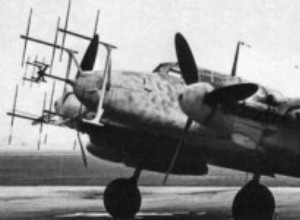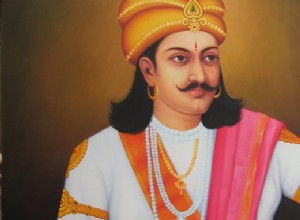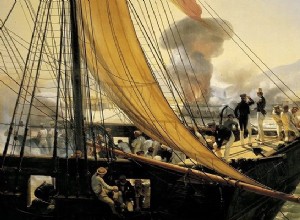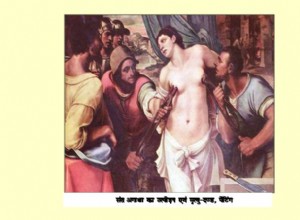The route followed by the bombers on the night of May 31, 1942 passed exactly overhead the radar guidance stations of II./NJG 1(Il groupe de la 1 (Night Fighter Squadron). There were more objectives than the defenders could undertake; that night II./NJG 1 put eight confirmed victories on its kill ch




